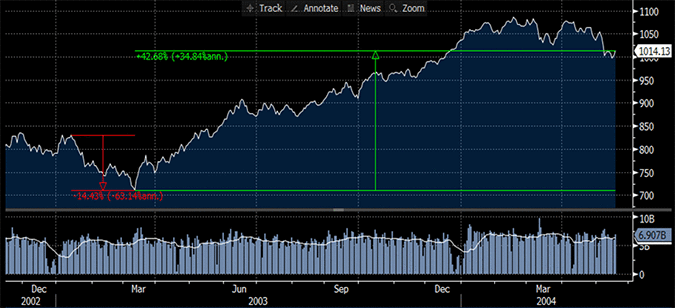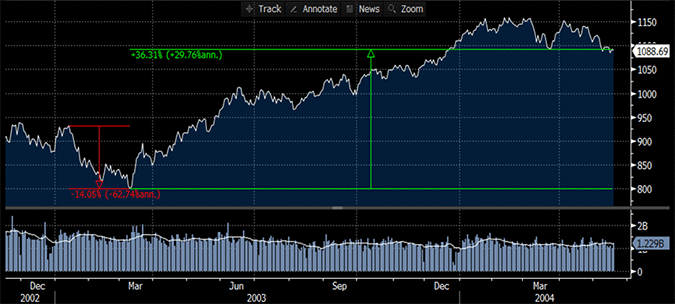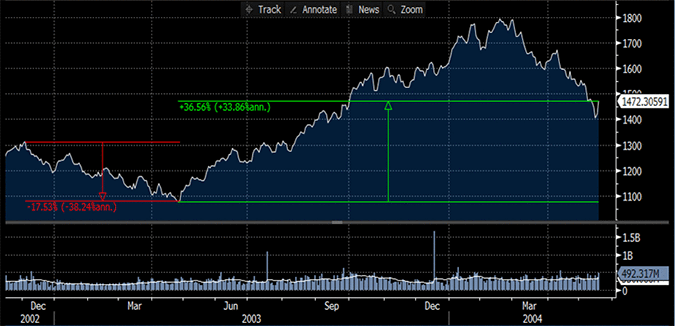CKBlog: The Market
Thursday, January 23, 2020
Wuhan Coronavirus: a Look Back at SARS & the Market
by Steve Haberstroh, Partner
With more news outlets covering the recent outbreak of the Coronavirus and the first reported case in the US, we thought that a post on the topic was warranted.
First and foremost, we are not doctors, nor are we specialists in viral pandemics. For medical updates, please visit the World Health Organization (WHO) and the Center for Disease Control (CDC). *
This post will focus on potential market implications by doing a retrospective of the markets during the SARS Outbreak (2002-2004) which originated outside of Hong Kong, spread to 37 countries, infected 8,098 people, and killed 774.
Some items worth noting:
- Both SARS and Wuhan are in the Coronavirus family (named because under a microscope, the actual virus resembles a crown) and both are potentially fatal.
- SARS Fatality Rate: 11% (WHO).
- Wuhan Fatality Rate: currently at 3% (WHO)—still early so numbers may change substantially.
- Both originated in China and spread outside of the country.
- Wuhan outbreak appears to have originated in a public fish market with live animals in Wuhan Province
- Wuhan is a city of 11 million people compared to roughly 8 million for New York City.
- Measures have been taken globally to slow the spread.
Equity Markets during SARS
Just like the viruses are different, so too are the market environments surrounding these outbreaks. But in times of potential crisis, we use history to give us perspective and perhaps an indication of how markets may react. There is no assurance the markets will react in a similar pattern, but for reference please see the following charts during the SARS outbreak.
MSCI World Index (November 15, 2002 to May 19, 2004)

After an initial sell-off of roughly -14% (red) the world markets recovered by almost +43% by the time WHO confirmed no new cases.
S&P 500 Index (November 15, 2002 to May 19, 2004)

After an initial sell-off of, again, roughly -14% (red) the US equity market recovered by roughly +36% by the time WHO confirmed no new cases.
Hong Kong Heng Seng Index in USD (November 15, 2002 to May 19, 2004)

After an initial sell-off of roughly -17.5% (red) the equity market in Hong Kong recovered by almost +37% by the time WHO confirmed no new cases.
Takeaways
As of today, the MSCI World, S&P 500, and Heng Seng Indexes are slightly positive since the Wuhan outbreak was reported in early January. If the outbreak continues to spread, global equity markets may sell-off. If things play out similarly to SARS, a 15% correction is not impossible. Successfully timing one is.
The good news is (health issues aside), markets generally recover from global health pandemics (we analyzed MERS, Ebola and H1N1 too). We are in the midst of corporate earnings season in the US so there is no shortage of corporate news in addition to the updates on Wuhan’s progression. We will be monitoring both.
As always, we are available to discuss your investments in light of the current dynamics.
_____
* The current coronavirus outbreak may be more or less serious than the SARS Outbreak and the market reaction may be similar or completely different than what happened during the SARS Outbreak in 2002-2004. The current outbreak is in its early stages and the situation is extremely fluid. This post is given for information only and is not a recommendation for any purchase or sale of any security.




